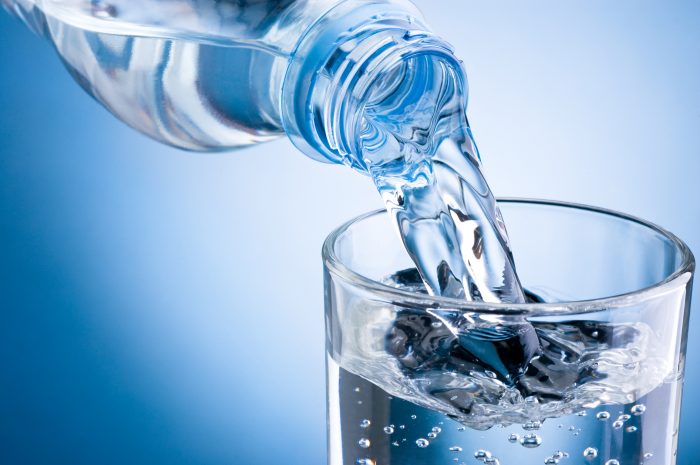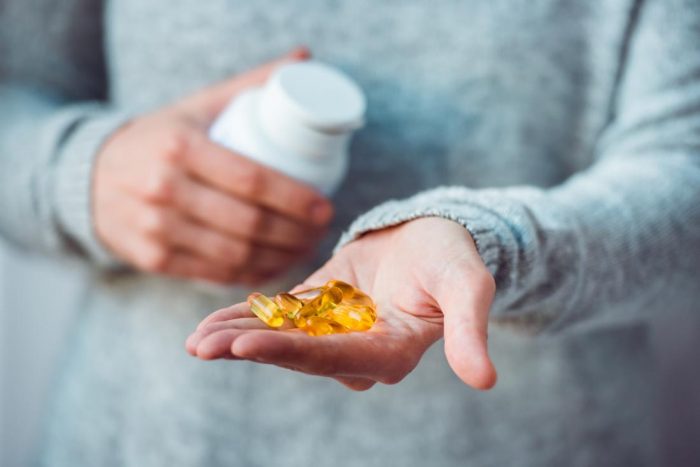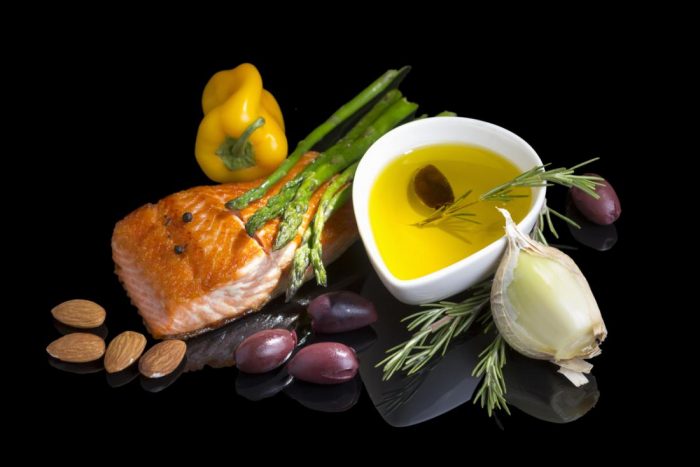Lower abdominal pain is pain that occurs below a person’s belly button. Bloating refers to a feeling of pressure or fullness in the abdomen, or a visibly distended abdomen. Sometimes, these symptoms occur together.
Though occasional lower abdominal pain and bloating are common, a person should speak to their doctor if it becomes a regular occurrence. In some cases, this combination of symptoms may indicate an underlying issue that requires medical treatment.
Keep reading for more information on some of the more common causes of abdominal pain and bloating. We also outline various treatment options for this combination of symptoms.
Causes of both abdominal pain and bloating
There are several causes of combined lower abdominal pain (LAP) and bloating. Some relatively harmless, or benign, causes include:
- consumption of high fat foods
- swallowing too much air
- stress
In some cases, LAP and bloating can occur as a result of an underlying medical condition, such as:
- constipation
- food intolerances, such as lactose or gluten intolerance
- gastroesophageal reflux disease (GERD), although this more commonly causes upper abdominal pain-gastroenteritis, which is inflammation of the gastrointestinal (GI) tract that causes vomiting and diarrhoea
- diverticulitis, which is inflammation or infection of part of the large intestine
- ileus, which is a condition that slows the function of the small and large intestine
- delayed stomach emptying, or gastroparesis, which is a complication of diabetes mellitus
- intestinal obstruction
- inflammatory bowel disease (Crohn’s disease or ulcerative colitis)
Other conditions that can cause LAP and bloating are specific to females. These include:
- menstrual pain
- endometriosis
- ovarian cysts
- pelvic inflammatory disease (PID)
- pregnancy
- ectopic pregnancy
LAP and bloating can also be due to conditions that do not necessarily affect the stomach, intestines, or reproductive organs. These conditions include;
- drug allergies
- side effects of certain medications
- hernia
- cystitis, or infection of the urinary tract infection
- appendicitis, or inflammation of the appendix
- kidney stones
When to see a doctor
If the cause of LAP and bloating is relatively benign, symptoms should go away within a few hours to days.
A person should see a doctor if:
- their symptoms last longer than a few days
- their symptoms begin to interfere with their daily life
- they are pregnant and are unsure of the cause of LAP and bloating
People should seek immediate medical attention if vomiting or the inability to pass gas occur alongside LAP and bloating.
People who experience LAP and bloating along with one or more of the following symptoms should seek emergency medical attention:
- sudden worsening of pain
- fever
- unusual vaginal discharge
- bloody stool
- unexplained weight loss
- severe nausea and vomiting
Diagnosis
To make a diagnosis, a doctor will begin by carrying out a physical examination. An initial examination will involve applying pressure to the abdomen. This will help the doctor to check the location of pain and to feel for any abnormalities.
A doctor will also make a note of the person’s medical history, and any other symptoms they experience. They may also ask whether there is anything that triggers the pain or makes it worse.
Diagnostic tests, such as urine, blood, or stool tests, may also be necessary. These can help to identify signs of infection or other underlying conditions.
In some cases, a doctor may order one of the following imaging tests to check for abnormalities in the abdomen:
- ultrasound
- X-ray
- CT or MRI
If the imaging tests come back normal, a doctor may perform a colonoscopy for a closer look inside the intestines.
Treatment
The following are some general home treatment options that may help to alleviate symptoms of LAP and bloating:
- increasing fluid intake
- exercising to help alleviate gas and bloating
- taking over-the-counter (OTC) pain medications
- taking OTC antacids
If home treatments do not work, a person should speak to their doctor about other treatment options. These will vary, depending on the cause of LAP and bloating. However, some examples include:
- prescription medications to treat pain and bloating
- antibiotics to help treat a bacterial infection
- emergency surgery to remove a ruptured appendix
Prevention
There are some steps a person can take to help alleviate LAP and bloating. Two key steps include quitting smoking and avoiding trigger foods.
The following are examples of foods that may cause or contribute to LAP and bloating:
- high fat foods
- certain plant-based foods, such as cabbage, lentils, and beans
- dairy products if a person is lactose intolerant
- carbonated drinks
- beer
- chewing gum
- hard candy
Also, people may benefit from increasing their intake of high fiber foods such as fruits, vegetables, and whole grains. This will help to prevent constipation and associated bloating.
If an underlying condition is the cause of LAP and bloating, then treating the condition should help to alleviate these symptoms.
Outlook
There are many potential causes of lower abdominal pain and bloating. Some causes are relatively benign and easy to treat, while others may be more serious.
Occasional lower abdominal pain and bloating are usually not a cause for concern. However, people should see a doctor if their symptoms worsen, last more than a few days, or disrupt their daily activities.
People who experience additional symptoms, such as vomiting, fever, or blood in the stool, should seek emergency medical attention.
In some cases, people can prevent lower abdominal pain and bloating by avoiding foods that may trigger these symptoms.












